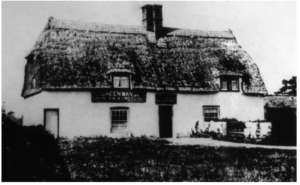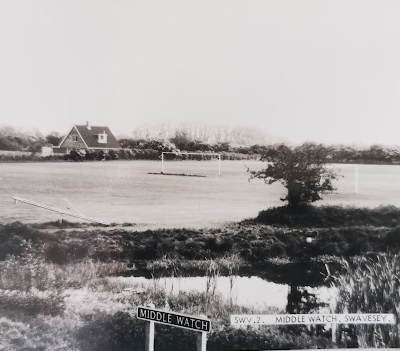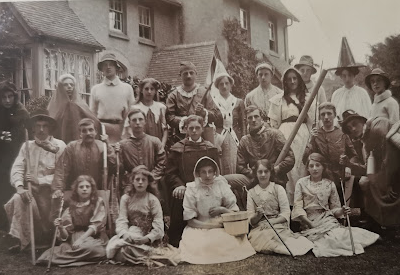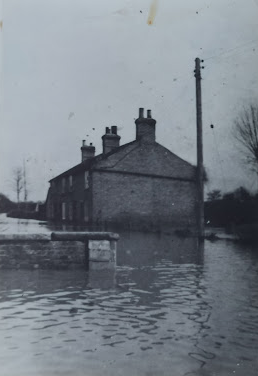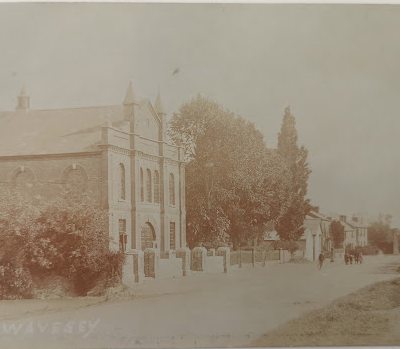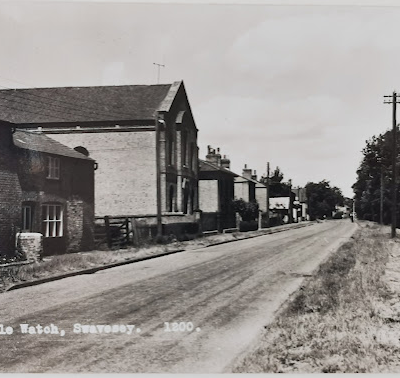Search by topic
- archaeology
- architecture
- bricklayer
- Building of Local Interest
- carpenter
- church
- crime
- dressmaker
- fire
- Great Eastern Railway
- listed building
- medieval
- oral history
- Public House
- Rattee & Kett
- Religious House
- Roman
- scholar
- school
- Then and Now
- tudor
- women
- work
- world war one
- world war two
Search by text
 Ruined cottage, Boxworth End, Swavesey 1930 (photo J H Bullock) (Cambridgeshire Collection)
Ruined cottage, Boxworth End, Swavesey 1930 (photo J H Bullock) (Cambridgeshire Collection)Boxworth End, Swavesey
History of Boxworth End, Swavesey
Photo is of a ruined cottage at Boxworth End.
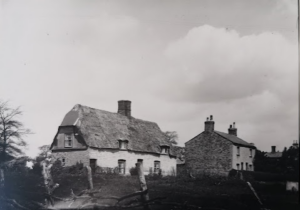
Originally Green Man pub. Mr Cherry repaired roof in 1960s after fire. Demolished in 1996. (Alan Lee Swavesey collection)
The thatched Green Man, Boxworth End, was another public house built on the edge of the Great Green after the road across the green was created at Inclosure. It stood about 25 yds back from the edge of the road. In 1909 it was closed as a licensed public house and sold. It was purchased by Mr William Daisley and made into two cottages. After the photograph was taken the thatch got into a bad state. Mr Daisley decided to case the walls of the house with bricks and a wooden frame clad with corrugated asbestos was built over the thatched roof.Shortly after the war a Mr Cherry purchased the property. He installed an Aga cooker and used empty 5 gallon oil drums to make the flue. By 1960 these had rotted away and exposed the thatch which ignited and the roof was destroyed. He then re-roofed the house at a lower pitch and continued living there. (From Cambridgeshire Community Archive Network)
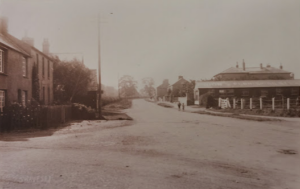
Boxworth End. On right is WWI military hut bought by Jimmy Prior and converted to furniture store. Two boys are gerald and John Prior. Opposite is George Berlin’s blacksmith’s shop. (Alan Lee Swavesey collection)
Contribute
Do you have any information about the people or places in this article? If so, then please let us know using the Contact page or by emailing capturingcambridge@
License
 This work is licensed under a Creative Commons Attribution-NonCommercial-ShareAlike 4.0 International License.
This work is licensed under a Creative Commons Attribution-NonCommercial-ShareAlike 4.0 International License.








